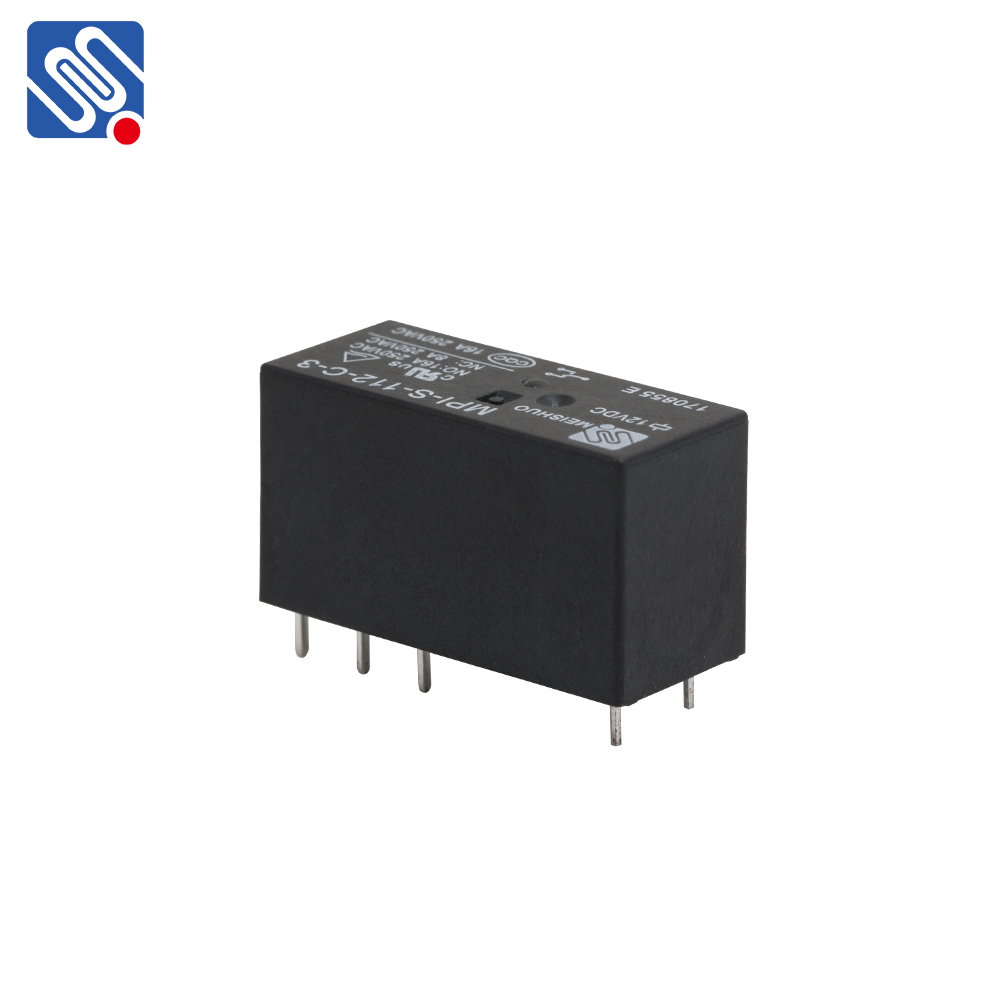relay control system: principles, applications, and advantages
Release time:2025-08-09 18:42:29
The Relay Control System is an essential component in electrical engineering and automation, enabling remote control and automation of circuits. By using relays as switching devices, this system facilitates the efficient management of electrical loads, often in industries, homes, and transportation systems. It operates on the principle of electromechanical switching, which allows low-voltage signals to control high-voltage circuits. This article explores the principles, applications, and advantages of Relay Control Systems.

Principle of Operation
A relay is an electromechanical device that consists of a coil, a set of contacts, and an armature. When a low-voltage signal is applied to the relay's coil, it generates a magnetic field that causes the armature to move, thereby opening or closing the contacts. This action controls the current flow in the circuit. The relay contacts can switch a wide range of electrical equipment, such as motors, lights, and alarms.
Relays come in various types, including electromagnetic relays, solid-state relays, and thermal relays. The most common type, the electromagnetic relay, operates on the principle of electromagnetism. The coil generates a magnetic field when energized, pulling or releasing a metal armature that opens or closes the relay contacts. Solid-state relays, on the other hand, use semiconductor components instead of mechanical parts, offering faster switching speeds and longer lifespans.

